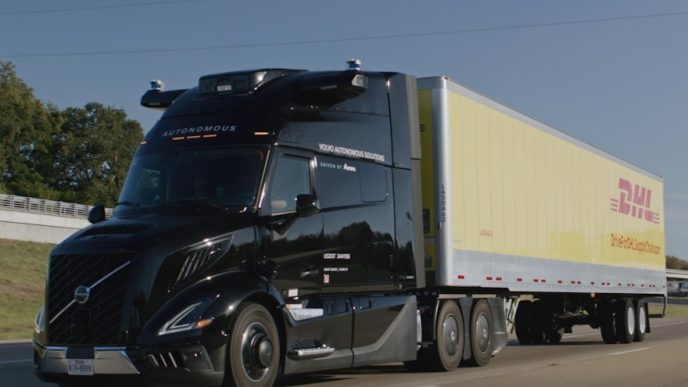General Motors announced on Tuesday that it will halt robotaxi development at its majority-owned subsidiary, Cruise, signaling a shift in focus away from autonomous vehicles. This move marks a significant change in direction for the Detroit-based automaker, which had previously made Cruise a central part of its advanced technology strategy.
The decision follows over $10 billion in investments made by GM in Cruise since 2016. The company stated it would no longer fund the development of self-driving robotaxis, citing the high costs and significant time required to scale the business. “Given the considerable time and resources that would be needed to scale the business, along with an increasingly competitive robotaxi market,” GM said it would fold Cruise into its group working on driver assistance technology. The restructuring aims to cut GM’s spending on the project from $2 billion to $1 billion, with plans to complete this by the end of June.
The move is part of a broader restructuring effort by GM to refocus on its profitable gasoline-powered vehicles. CEO Mary Barra explained during an analyst call, “You’ve got to really understand the cost of running a robotaxi fleet, which is fairly significant, and again, not our core business.” GM had initially projected that Cruise could generate $50 billion in annual revenue by 2030, but Barra’s statement reflects the company’s decision to deem the robotaxi business expendable.
This shift also comes amid growing competition in the autonomous vehicle space, with companies like Alphabet’s Waymo, Baidu, and Tesla continuing to make progress. GM’s competitors, such as Ford, have already scaled back similar efforts due to the high costs involved. Cruise, which faced regulatory scrutiny over a crash involving one of its robotaxis in San Francisco, recently paid a $500,000 fine as part of a deferred prosecution agreement with the Justice Department.









